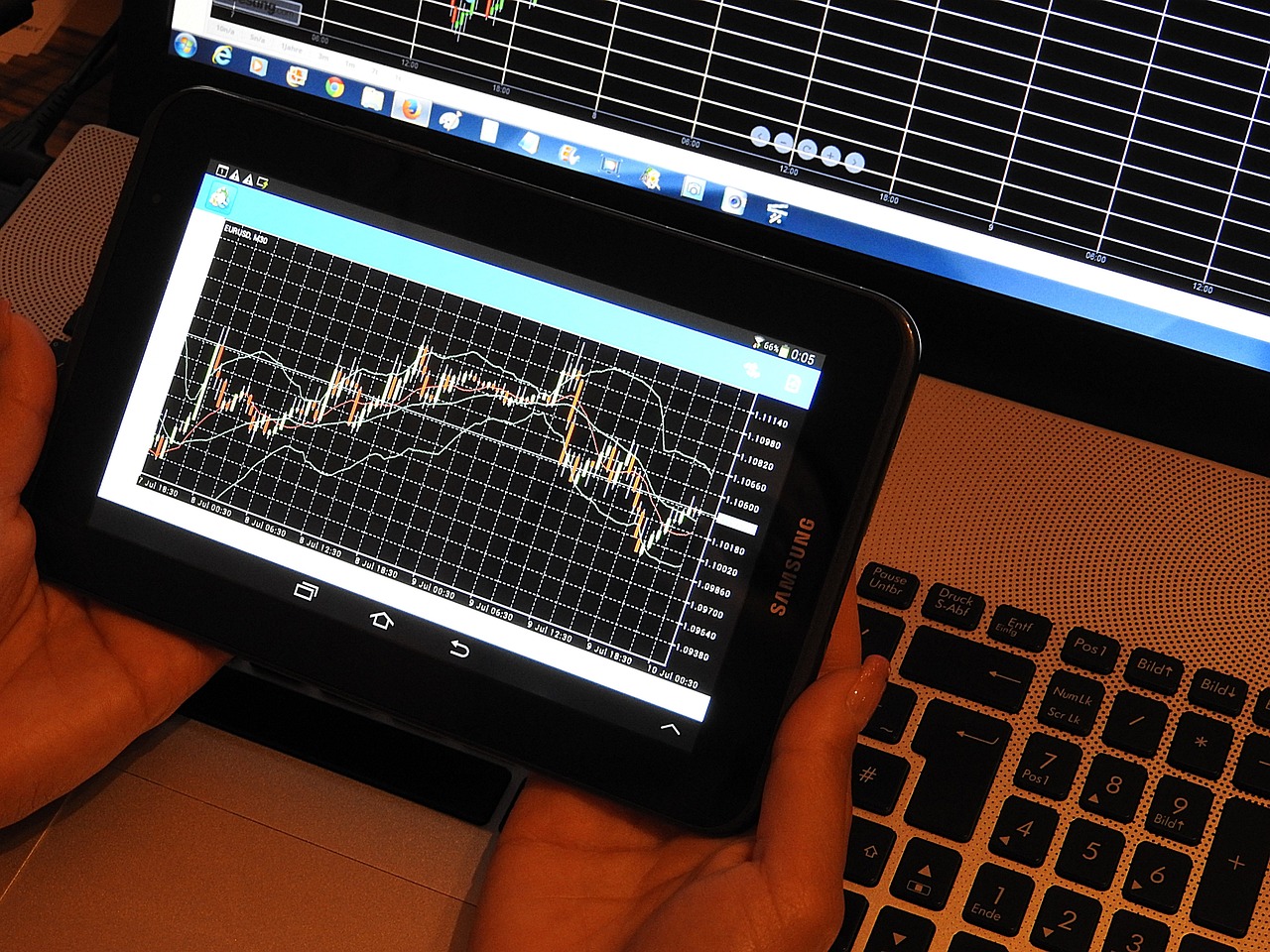What does Cross Currency Pair Mean?
In Forex trading, Cross Currency Pairs are essential because they enable the trader to work with different currencies simultaneously without converting with USD. It is necessary for those seeking to add to their trading experiences and focus on aspects other than the usually traded currency pairs. As a result, this article from Forex Turtle will define how to pick the best cross currency pair for trading.
Any currency pairs other than those involving the US Dollar are called crosses. In other words, they include two currencies other than USD. For instance, the cross currencies include EUR/GBP, the Euro against the British pound, and AUD/JPY, the Australian Dollar against the Japanese Yen.
Trading currencies with crosses allows traders to trade other currencies that can be more or less active than the USD and less correlated, making Trading with cross currencies diverse.
Cross-currency pairs are those that use more than one base currency, and here are some examples:
Some common cross-currency pairs include:
- EUR/GBP
- EUR/JPY
- GBP/JPY
- AUD/NZD
- CAD/JPY
These pairs enable the trader to bet on the actual value of one currency against another without regard to the USD.
Various features of cross-currency pairs
- Lower Liquidity
Major-cross currency pairs usually trade with lower volumes than significant pairs, which implies that there is generally low volume, a condition leading to wider spreads. Said action can cause volatility to rise, giving both threats and potentiality to traders on the market.
- Higher Spreads
Since cross-currency pairs are less traded than significant currency pairs, bid and ask prices for cross-currency pairs can be more inflated. Traders must factor this in when estimating possible costs and revenues associated with their Trade.
- Volatility
Lower volatility in cross-currency pairs can result from major economic events or geopolitics compared to major currency pairs. This fluctuation provides some trading opportunities and increases an investment’s risky position.
- Correlation
Many cross-currency pairs have currency pairs with major ones as their corresponding pairs. For instance, changes in the EUR/JPY pair may be occasioned by changes in the EUR/USD and USD/JPY pairs. Based on existing evidence, such relations can enable traders to forecast where prices will likely be fostered or reduced.
Why Trading Cross Currency Pairs?
- Diversification
Cross-currency pairs allow traders to diversify their portfolios. Most of them reduce their risks and reap other trades based on different markets by exchanging unrelated currencies with USD.
- Exploit Currency Strengths
Thus, establishing cross-currency pairs lets the trader benefit from the strength or weakness of such currencies. For instance, if you forecast that the Euro will strengthen against the British Pound, then you don’t have to involve the USD when trading EUR/GBP.
- Access to Emerging Markets
Cross currencies are usually from emergent economies, and so engaging in a cross-currency pair puts the trader in contact with emergent economic actions or events. For example, one can trade in AUD/NZD to understand the two countries’ financial conditions.
- Hedging Opportunities
Most of the self-symmetrical cross-currency pairs can solely be employed for hedging. If you are in an extended position in a central currency pair, you could close your position and avoid a reverse loss by shorting the same cross-currency cross-currency pair.
An Analysis of Trading Strategies for Cross Currency Pairs
- Technical Analysis
Technical analysis was the first tool that traders used while studying price charts. Typical indicators used include:
Moving Averages: To assist with trend identification, the data best undergoes smoothing with respect to price.
Relative Strength Index (RSI): This index helps reveal when the market is excessively bullish or bearish on a particular stock.
Fibonacci Retracement: This can help define a reversal point using high and low Fibs ratios.
- Fundamental Analysis
Forex analysis is a process whereby economic data is studied, including tendencies, events, and shifts in political stability, which are likely to influence currency. Key factors to consider include:
Interest Rates: Central bank policies impact the currency’s strength.
Economic Data Releases: Interest rates, employment rates, and the Gross Domestic Product per capita can influence cross-currency pairs.
– Political Stability: Some forms of events that make currencies highly volatile are political events.
- Carry Trade
A carry trade is a process of borrowing in some low-yield currency and investing the borrowed amount in some higher-yield currency. One way that can be used for cross-currency pairs is when there is much disparity in interest rates.
- Scalping
Scalping is, in fact, a definite manner of trading in which a trader strives to attain many small price tiers. Given the large number of cross-currency pairs, especially in volatile time zones, scalping provides a good chance to make a quick buck.
- Swing TradingTrading
Basically, swing trading represents a shift in price, and the position is held for a maximum of several days or several weeks. Through technical analysis, these traders can also work out when to open and close a Trade with cross-currency pairs.
Advantages for trading across the Currencies
- Increased Opportunities
Cross rates initially enhance trading possibilities beyond significant currencies and let traders take advantage of freely available risk in the market.
- Unique Correlations
Additionally, this work established that different trading appendages can be seen in cross-currency pairs, but they may not be seen in the major pairs, adding complexity.
- Enhanced Volatility
Cross-currency pairs are generally less predictable than domestic ones, opening up profitable trading opportunities when economic data or significant geopolitical events are released.
- Flexible Trading Strategies
Trading in cross-currency pairs has the following characteristics enabling different trading styles depending on the trader’s tendencies and risk aversion:
Cross Currency Pairs Trade Risk.
- Higher Volatility
Though providing chances of making good returns, such conditions also amplify risk. This is because price fluctuations can be very destructive, especially for traders who are not lucky enough to wise up to handle such price movements.
- Wider Spreads
It has high transaction costs because larger bid-ask spreads in cross-currencies reduce the profitability of trades. Traders should, therefore, factor these into their trading plans.
- Lower Liquidity
Positions with lower liquidity are less amenable to price manipulation, which may make initiating or unwinding trades at a specific price difficult or expensive. This may result in slippage, whereby the trades are made at a different price from the intended price.
- Economic Dependencies
Some cross-currency pairs can be sensitive to events in both currencies. Both countries must be closely monitored to determine their economic performance, for sometimes, occurrences may lead to sudden price changes.
Conclusion
Cross-currency pairs provide trading opportunities different from USD-focused instruments and various possibilities to diversify portfolios. A mastery of characteristics, trading techniques, and perils related to cross-currency pairs will help predict the Forex market’s cross-segment. Cross-currency pairs are helpful regardless of whether you want to benefit from certain currencies’ strengths, defend against certain currencies, or enter speculative trading. Like in any trading business, knowledge, experience, and risk management are cardinal to making a success out of trading cross-currency pairs.





